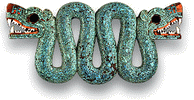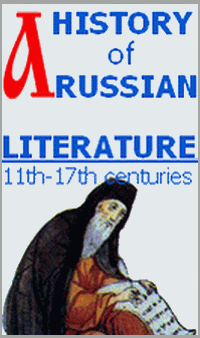Maya Language Endangered
Category: News reportsINAH, April 01, 2009. To present, near 70% of Maya speakers are adults, and the language presents transmission problems, because teenagers and children are loosing interest in learning it. If the tendency continues, this ancestral language could disappear in less than 100 years.
Francisco Barriga, officer of the Linguistics Direction of the National Institute of Anthropology and History (INAH) made this warning within the frame of the implementation of the Linguistic Studies Area at Yucatan IAH Center. Social mobility of Maya language use is changing drastically, declared the expert, which translates in disuse of speakers, so there is a latent risk that must be attended to avoid language becoming extinct.
The INAH linguist remarked that even though 2005 figures of the National Institute of Statistics, Geography and Informatics (INEGI) showed that in 50 years Maya language has reached its larger number of speakers (759,000), we are in need to be cautious and take immediate steps, since the risk lies in the lack of hereditary transmission symptomatic tendency. Almost 70 percent of this figure are adults; “we are on time to revert the phenomenon. Most Maya speakers are adults and elderly people, tendency represented with an inverted pyramid graphic. New generations would not be able to sustain this tendency in the future, so there is a moderate risk level that may become worse with time”, declared Francisco Barriga.
Federica Sodi Miranda, director of Yucatan INAH Center, indicated that objectives of the Linguistic Studies Area are focused in 3 substantial activity levels: teaching, research, and promotion and elaboration of public politics. Maya, unlike Nahua language, is spoken in three Mexican states, Yucatan, Campeche and Quintana Roo; its internal variations do not preclude mutual understanding among its social groups. The project launched in March 31st 2009 responds to this specific need and to society’s actual conditions. Yucatan is the region that counts on more linguists ascribed to INAH, so transcendent results are expected from the implementation of an area devoted to the subject. In the medium term, it is expected to revert the social tendency in which youth separates from their cultural traditions.
In the American Continent there are 1,013 languages and 20 percent of them are spoken in Mexico. Our country counts on 364 linguistic variants part of 11 families distributed along the territory. INAH specialist Fidencio Briseño declared that language is fundamental for cultural development; it is not only useful to communicate, but to preserve ways of thinking, ideologies and idiosyncrasy, and its loss implies peoples’ disappearing.
Alejandro Curiel, director of INAH Linguistics Research considered that establishing this department is an operative response to resolve and confront conflicts of the Maya language, and will become a medium to link research programs with language problems, including juridical ins and outs of the General Law of Indigenous Peoples’ Linguistic Rights. Awareness is a fundamental work factor, being necessary tuning up individualization instruments and positioning indigenous languages based on diagnosis work and linguistic research, as well as stimulating media participation to confront speakers’ attitude in view of language’s use, he concluded.
Source: INAH


